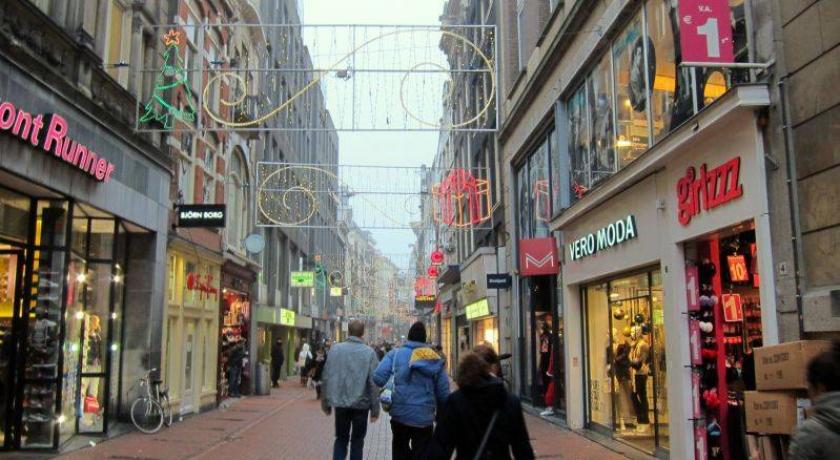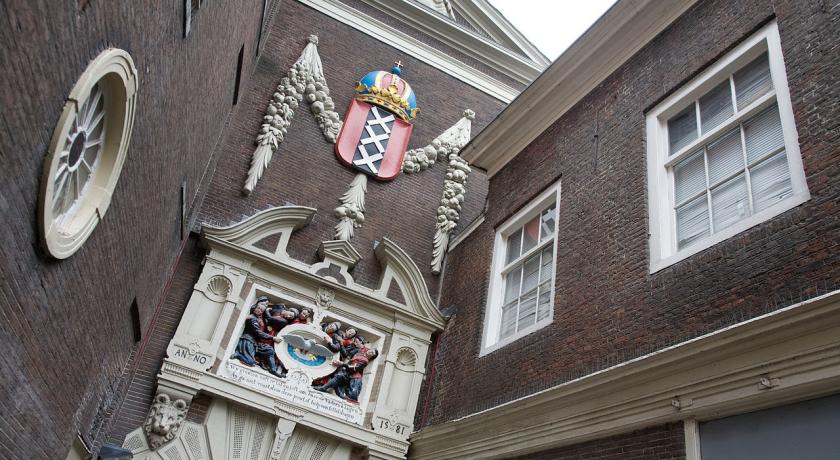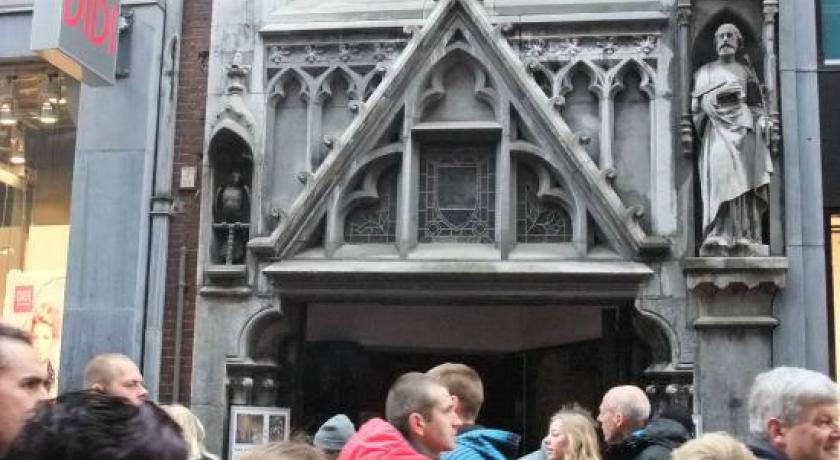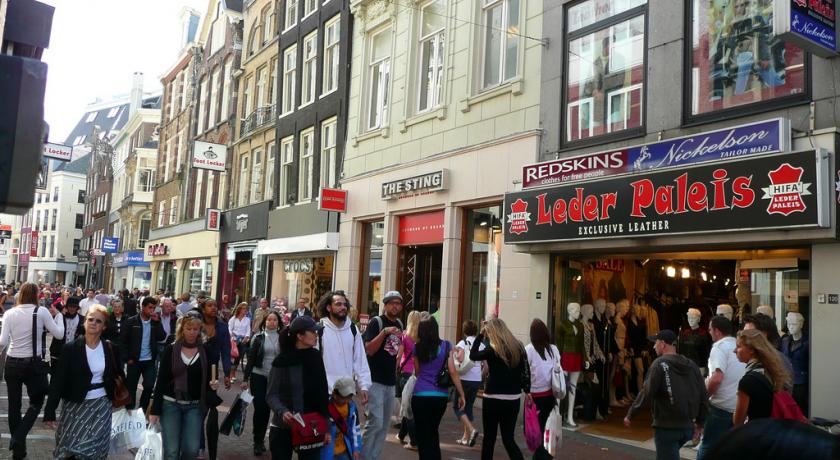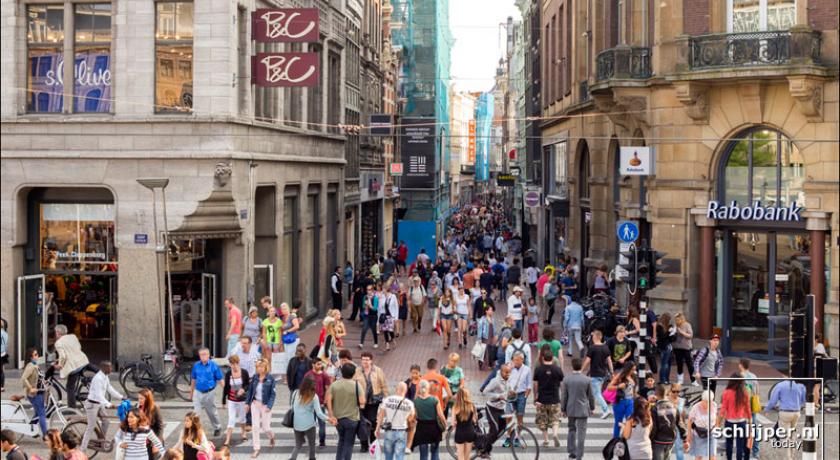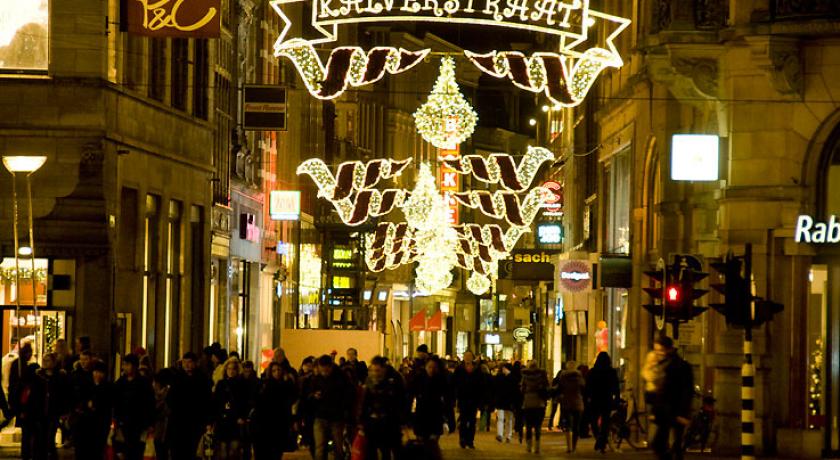Description
The Kalverstraat is a shopping mall street in Amsterdam, located in the Centrum district, which links the Dam square to Muntplein over a distance of about 750 meters. It is extended by Nieuwendijk across the Dam. Located in the heart of the city, it has more than 150 shops with the P.C. Hooftstraat, is one of the most expensive streets of Netherlands and is even the most expensive Street in the Dutch version of Monopoly.
The Amsterdam Museum is located in a former orphanage, at the intersection of the street and Nieuwezijds Voorburgwal. The Begijnhof (The Beguine convent in Dutch) is also located in the close proximity of the street.
Histoiry
On the 13th of March 1345, an alleged miracle took place in a House at the intersection of Kalverstraat and Rokin, making Amsterdam an important center of pilgrimage until the reformation. Each year, a "silent Procession" (Stille Omgang) is organized to celebrate the event.
Initially, the Munttoren, located on Muntplein acted as entry door to the medieval walls of the city. Once the wall was completed, the streets between the Spui and the Munttoren took the name of Byndewyck. This part of the city owned a cattle market where calves were sold ("Kalven" in Dutch). The market thus gave his name to the street [1].
The painter Piet Mondrian lived at 154 Kalverstraat 154 between 1892 and 1895. The first HEMA store opened its doors in the street in the year 1926. On the 7th of May 1945, the German soldiers were intoxicated, then fired from the windows of a building at the intersection of Kalverstraat and Dam, causing 19 deaths among the civilians who were celebrating the release of the city at the end of the second world war. On the 9th of May 1977, a fire broke out in the street, and killed 33 victims.
Source: https://fr.wikipedia.org/wiki/Kalverstraat
Address
Amsterdam
Netherlands
Lat: 52.370033264 - Lng: 4.891359806


